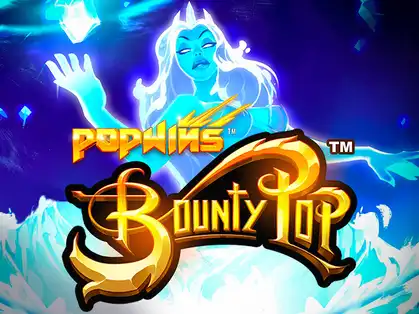Anne Frank’s best friend wrote a memoir, revealing new details about Frank’s childhood more than 75 years after the publication of The Diary of Young Girl turned her into one of the most famous of the six million Jews murdered in the Holocaust.
In My Friend Anne Frank: The Inspiring and Heartbreaking True Story of Best Friends Torn Apart and Reunited Against All Odds, published by Little, Brown Spark on June 6, Hannah Pick-Goslar details the joys of their friendship and harrowing details of life under Adolf Hilter’s Nazi regime. Frank was “a symbol, in many ways, of all the hope and promise that was lost to hatred and murder,” Pick-Goslar writes. “Talking about her story, our story, would later become a thread that bound me to her and kept our friendship alive long after she was gone.”
But Pick-Goslar is not here to see the book’s publication. Pick-Goslar died on Oct. 28, 2022, in Jerusalem—two weeks shy of her 94th birthday and six months into the process of writing the book—and her co-author, Haaretz opinion editor Dina Kraft, finished the book for her. From the spring of 2022 to the fall of 2022, Kraft had meetings with Pick-Goslar over her favorite chocolates and cups of tea, but after Pick-Goslar’s death, she relied on Pick-Goslar’s children to make sure what she was writing sounded like their mother. Kraft also drew on Pick-Goslar’s past testimonies, diaries, letters and memoirs of contemporaries, and historical accounts.
“For Hannah, it was so essential that people did not forget the story of the Holocaust,” Kraft tells TIME. “She was really concerned that as time goes on, people will care less. This story can be a gateway to knowing more.”
While Anne (pronounced Anna) Frank’s diary details what it was like to be in hiding in an attic for two years from 1942 to 1944, Pick-Goslar’s memoir provides a glimpse at Frank’s life before that period. The two were next door neighbors in Amsterdam, and they walked to school together and had sleepovers. They played ping pong, hopscotch, rode on scooters, and did gymnastics. They were mischievous at times, flirting with boys and going to Frank’s father’s office and spilling cups of water out the window, splashing passersby.
Read More: What I Remember From Anne Frank’s Last Birthday Party

The girls dreamed of living glamorous lives one day as they played the Monopoly board game, exchanged trading cards of European royal family members and postcards of Hollywood stars, and went to movies—especially anything with Shirley Temple or Popeye the Sailor Man. Pick-Goslar said that Frank loved being the center of attention, and could be a know-it-all at times, writing that Pick-Goslar’s mother once joked, ‘”God knows all, but Anne knows better.”
Pick-Goslar says Frank wanted to be a famous actress or a famous writer, and she was always carrying a notebook. Frank knew she wanted to keep a diary that would be widely read one day, heeding a call on a banned Radio Orange station urging Dutch citizens to preserve their everyday documents so that future generations could see what life was like under German occupation. (Frank wrote about Pick-Goslar in her diary a few times during the years they were separated, praying for Pick-Goslar to stay safe and hoping for them to reunite after the war.)
In February 1945, Frank and Pick-Goslar both found themselves in Bergen-Belsen concentration camp in northern Germany. Pick-Goslar hadn’t seen Frank since July 1942, when she went over to her apartment and was told her family was in Switzerland. Speaking in hushed tones on opposite sides of a fence, Frank told Pick-Goslar that that story was a ruse, and that the family had actually been hiding in an attic before someone betrayed them. Fellow female inmates helped Pick-Goslar toss food to Frank over the fence. Frank is believed to have died about a month later at the age of 16, while Pick-Goslar got out when the Bergen-Belsen camp was evacuated by train.
After the war, Pick-Goslar ended up in Israel, trained to be a nurse, and got married, becoming the matriarch of a large family with three children, 11 grandchildren, and 31 great-grandchildren. Pick-Goslar kept up with Anne’s father Otto Frank until his death in 1980, and went from seeing him struggle to find a publisher for his daughter’s diary to becoming an international celebrity.
My Friend Anne Frank is a devastating account of the Holocaust. Pick-Goslar likens the smell that came out of the crematorium at the Bergen-Belsen camp to the smell of boiling glue, and describes being on a train covered in a fellow passenger’s diarrhea before finally being liberated by the Soviet Red Army. Kraft says the interviews for the book took a toll on Pick-Goslar: “I remember one day she told me, ‘I’m having nightmares,’ and it was because these interviews were stirring up memories. And I was having them, too.”
In working on her memoir, Pick-Goslar argued that Frank might have reconsidered the most famous words in her diary, written while she was in the attic: “In spite of everything I still believe that people are really good at heart.” Kraft says Pick-Goslar told her that after Anne witnessed the concentration camps, “I’m not sure she’d stand by that.”